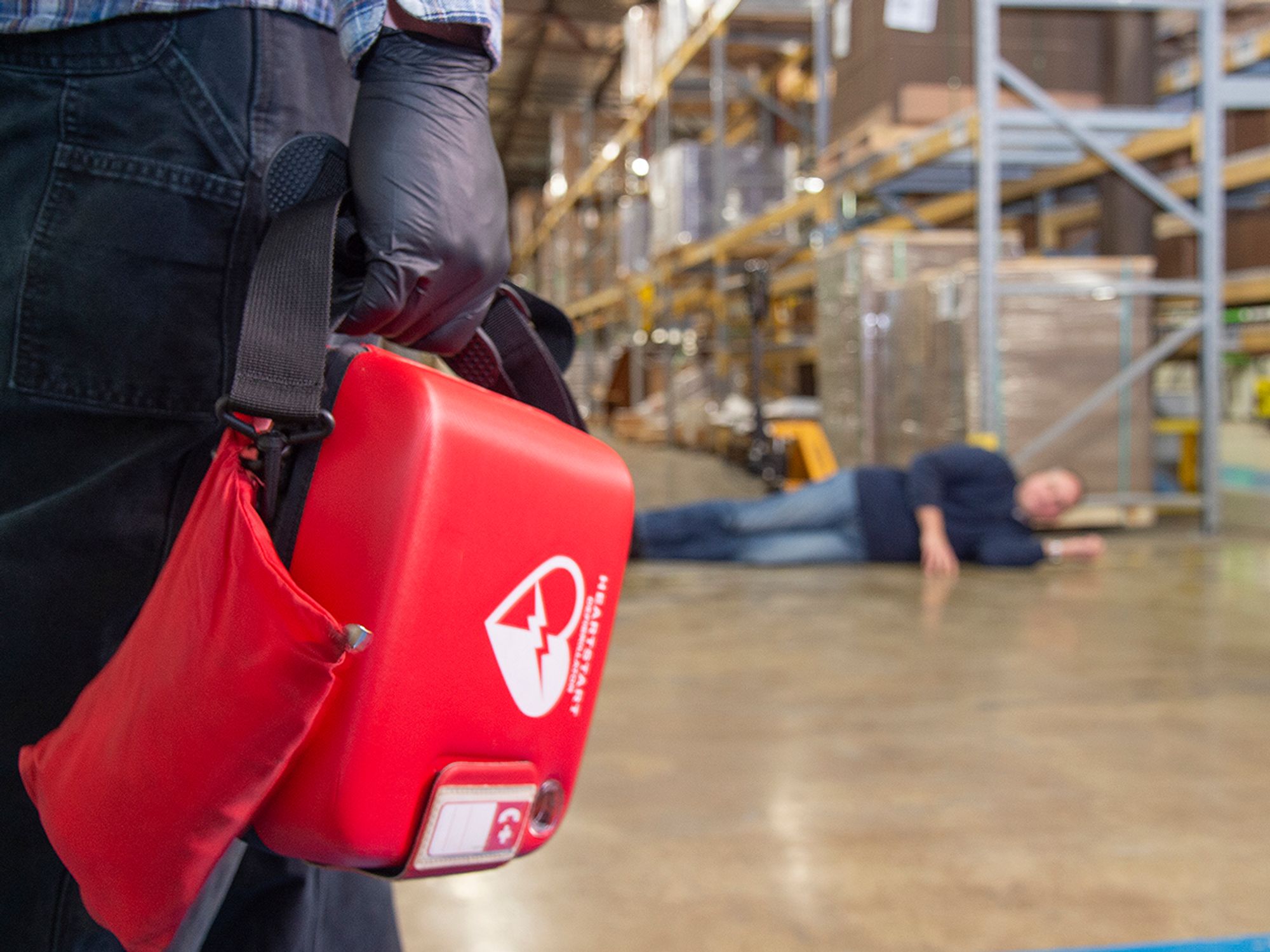Manage the medical process

- Health care providers need the necessary information regarding an injured worker’s daily life, work duties, and access to employee assistance programs so they can fully assess a workers’ compensation case.
- Some laws and regulations require medical information to be kept confidential.
- Employers must consider their obligations under both workers’ compensation and the Family and Medical Leave Act because each program provides different benefits for injured workers. Additionally, employers should implement a proactive safety program, which places an emphasis on accident prevention.
Unless they are trained in occupational medicine, health care providers (HCPs) do not:
- Learn how to complete workers’ compensation (WC) forms in medical school,
- Read the WC regulations, or
- Receive guidance on how to determine whether an injury or illness is work-related.
Medical definitions of terms can be different from the definitions in WC regulations. The word “disability” has specific legal ramifications in WC that a HCP may not be aware of. Physicians generally rate impairment based upon the level of impact of the condition on activities of daily living rather than on performance of work-related tasks.
Employers must make sure the HCP knows the job functions the injured worker will need to perform and that the employer needs an impairment rating based on the workers ability to perform those tasks. Employers should also let HCPs know about the availability of:
- Light duty,
- Reasonable accommodations, and
- Access to employee assistance programs.
All of these might affect a physician’s willingness to release patients back to work.
HCPs do not like to feel that they are being manipulated, but they need effective, even-handed information to know how to properly assess a WC case. Many will appreciate the employer providing this information.
Privacy regulations
Best practices and some laws require all medical information be kept confidential. Supervisors and others with access to information about an employee’s medical status should be instructed to maintain strict confidentiality. Details about a worker’s health should not be shared with other employees.
The Health Insurance Portability and Accountability Act (HIPAA) privacy regulations do apply to the health care providers (HCPs) who treat employees receiving workers’ compensation (WC) benefits. However, HIPAA recognizes the legitimate need for insurers and other entities involved in the WC systems to have access to individuals’ health information. Employers need medical information to determine the legitimacy of a claim, pay medical benefits, and adhere to restricted duty limitations. Even though it is not required by law, many providers will ask for a medical authorization before they provide any information.
Injured workers should be asked to sign an authorization form at the time an injury is reported. The employer can then provide copies to the employee and all medical providers.
When an employee is injured, the employer should send an authorization for medical treatment to the medical provider. This will ensure that the employee receives prompt medical care without obligating the employer for further and/or unrelated charges.
Workers’ compensation and FMLA
Under the Family and Medical Leave Act (FMLA), a serious health condition may be occupational or not. Therefore, if an employee suffers a workplace injury or illness, you also need to consider your obligations under the FMLA. Workers’ compensation (WC) and FMLA provide for very different benefits and protections. While WC provides for income replacement and the cost of medical treatment, the FMLA provides for job-protected unpaid time off. The two often run concurrently.
Proactive safety program
The least expensive claim is the one that never occurs. A proactive safety program means taking action to prevent accidents. The proactive process first identifies a hazard and anticipates the possible injury. The hazard is analyzed, recommendations proposed, and corrective actions and system improvements are implemented.
By emphasizing accident prevention, management sends a caring message to all employees. The company’s safety professional identifies and analyzes hazardous conditions and unsafe behaviors in order to predict future accidents. Proactive strategies are always less expensive than reactive strategies. Here are some examples of proactive safety and health programs:
- Accident analysis program to determine system weaknesses
- Hazard investigation/inspection program
- Wellness program
- Recognition program
- Safety committee/team
- Education and training
- Job hazard analysis
- Hazard communication program
- Accountability program
